Test your energy knowledge by checking out these surprising facts about hydropower.
April 27, 2015Learn how hydropower captures the kinetic energy of flowing water and turns it into electricity for our homes and businesses. | Video by the Energy Department.
10. Hydropower is one of the oldest power sources on the planet, generating power when flowing water spins a wheel or turbine. It was used by farmers as far back as ancient Greece for mechanical tasks like grinding grain. Hydropower is also a renewable energy source and produces no air pollution or toxic byproducts. Learn more about the history of hydropower.
9. When most people think of hydropower, they imagine the Hoover Dam – a huge facility storing the power of an entire river behind its walls – but hydropower facilities can be tiny too, taking advantage of water flows in municipal water facilities or irrigation ditches. They can even be “dam-less,” with diversions or run-of-river facilities channeling part of a stream through a powerhouse before the water rejoins the main river.
8. Niagara Falls was the site of the country’s first hydroelectric generating facility -- built in 1881 when Charles Brush connected a generator to turbines powered by the falls and used the electricity to power nighttime lighting for visiting tourists. America’s first commercial hydropower facility was built in 1882 in Appleton, Wisconsin -- powering lighting for a paper mill and multiple homes.
7. Every state uses hydropower for electricity, and some states use a lot of it. Over 70 percent of Washington State’s electricity comes from hydropower, and 11 states get more than 10 percent of their electricity from hydropower.
6. Hydropower costs less than most energy sources. States that get the majority of their electricity from hydropower, like Idaho, Washington, and Oregon, have energy bills that are lower than the rest of the country.
5. Hydroelectricity provides about seven percent of the electricity generated in the United States and about half of the electricity from all renewable sources, finds the Energy Information Administration.
4. Some hydropower facilities can quickly go from zero power to maximum output, making them ideal for meeting sudden changes in demand for electricity. Because hydropower plants can dispatch power to the grid immediately, they provide essential back-up power during major electricity disruptions such as the 2003 blackout that affected the northeastern states and southern Canada. Read a report about other services hydropower can provide to the electric grid.
3. Another type of hydropower called pumped storage works like a battery, storing the electricity generated by other power sources like solar, wind, and nuclear for later use. It stores energy by pumping water uphill to a reservoir at higher elevation from a second reservoir at a lower elevation. When the power is needed, the water is released and turns a turbine, generating electricity.
2. Devices at dams can help fish and other wildlife move freely around dams and between sections of rivers. Fish ladders and fish elevators are just some of the techniques used to help fish migrate.
1. Dams are built for a number of uses in addition to producing electricity, such as irrigation, shipping and navigation, flood control or to create reservoirs for recreational activities. In fact, only 3 percent of the nation’s 80,000 dams currently generate power. An Energy Department-funded study found that 12 gigawatts of hydroelectric generating capacity could be added to existing dams around the country. View the full report and the interactive map on the energy potential of non-powered dams.
Liz Hartman

Liz Hartman is the Communications Lead for DOE’s Wind Energy Technologies Office, and formerly (2009–2016) the Communications Lead for EERE’s combined Wind and Water Power Technologies Office.
Liz is a graduate of Cornell University with a B.S. in Natural Resources and an M.P.A. in Environmental Policy.
Articles by Liz Hartman
-
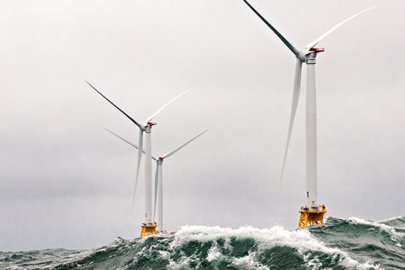 Learn more about efforts to develop America's vast offshore wind resources.
Learn more about efforts to develop America's vast offshore wind resources. -
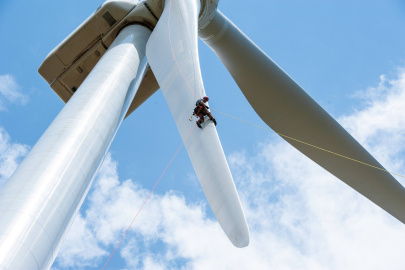 Brush up on your knowledge of wind! Get the details on a few of the lesser-known wind energy facts.
Brush up on your knowledge of wind! Get the details on a few of the lesser-known wind energy facts. -
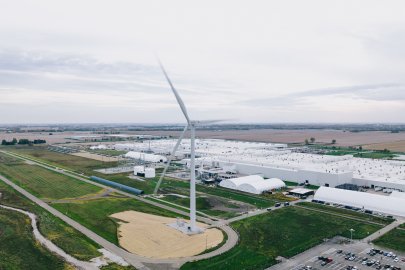 Learn about key facts related to wind turbines used in distributed applications.
Learn about key facts related to wind turbines used in distributed applications. -
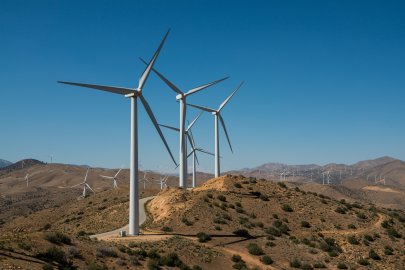 Wind power capacity in the United States continued to experience strong growth in 2017.
Wind power capacity in the United States continued to experience strong growth in 2017. -
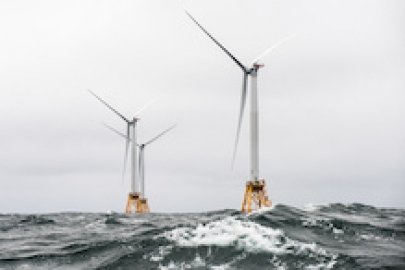 Offshore wind turbines on the Atlantic coast (as well as the Gulf Mexico) have several challenges to contend with—including hurricanes.
Offshore wind turbines on the Atlantic coast (as well as the Gulf Mexico) have several challenges to contend with—including hurricanes. -
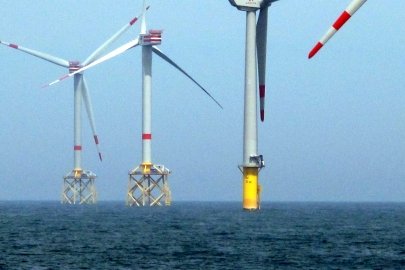 This blog is part of a series that explores offshore wind technical challenges that are different in the U.S. than in other countries.
This blog is part of a series that explores offshore wind technical challenges that are different in the U.S. than in other countries. -
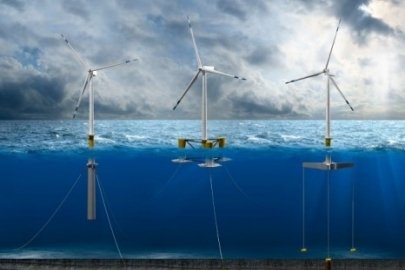 This blog is part of a series that explores offshore wind technical challenges that are different in the United States than in other countries.
This blog is part of a series that explores offshore wind technical challenges that are different in the United States than in other countries. -
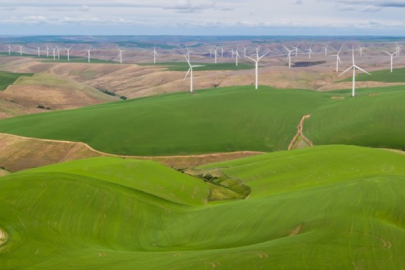 New breakthroughs could cut the cost of wind energy in half by 2030—making it fully competitive with the fuel cost of natural gas.
New breakthroughs could cut the cost of wind energy in half by 2030—making it fully competitive with the fuel cost of natural gas. -
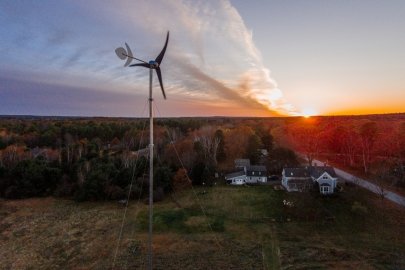 From utility-scale wind farms to the nation’s first offshore wind project, the U.S. wind industry continued to grow in 2016.
From utility-scale wind farms to the nation’s first offshore wind project, the U.S. wind industry continued to grow in 2016. -
Test your energy knowledge by checking out these surprising facts about hydropower.
-
A new report evaluating the potential for offshore wind energy development across U.S. coasts found that even if only 1% of the technical resource potential is recovered, nearly 6.5 million homes could be powered by offshore wind energy.


